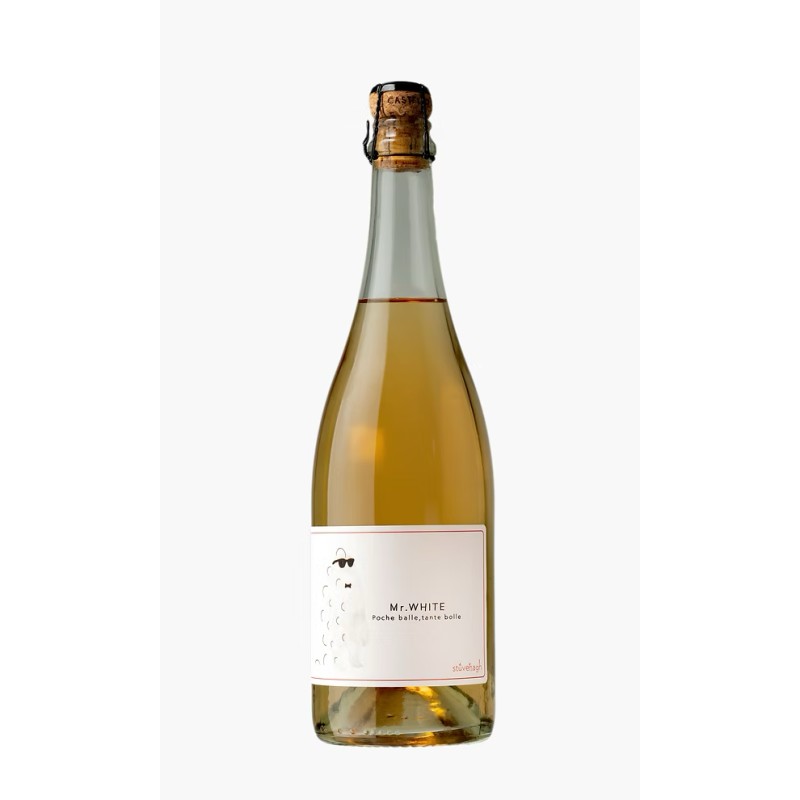- Out-of-Stock



They are harvested by hand at a precise level of ripeness, when the balance between acids and sugars in the grapes is perfect for vinification according to the ancestral method.
The grapes are gently pressed to avoid breaking the berries. The free-run juice is selected and decanted into stainless steel containers where spontaneous fermentation begins. With the arrival of the winter cold, when the residual sugar is about 30 g/l, fermentation stops. In spring the must is bottled and, with the arrival of warm temperatures, fermentation starts again. The indigenous yeasts transform the last residual sugars into a sparkling wine with fine and persistent bubbles. After disgorgement, the bottle is refilled with the same wine.
You might also like